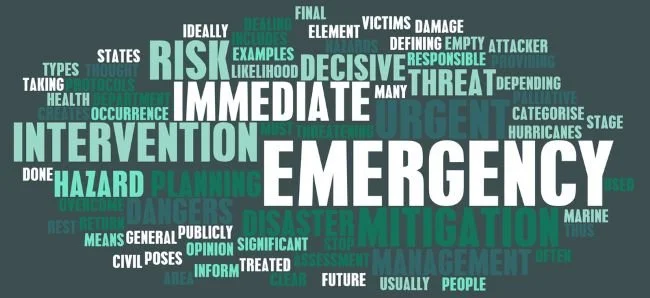Today’s emergency responders face complex and unpredictable challenges. Whether it’s an industrial chemical leak, wildfire smoke, or a coordinated CBRNE attack, fast and accurate environmental data is the key to protecting lives. Safe Environment Engineering has developed an advanced environmental situational awareness system that leverages the rugged Samsung Galaxy XCover6 Pro and state-of-the-art sensor technology to deliver that data where and when it matters most.
This smart system is built around the Lifeline software suite, deployed on the Galaxy XCover6 Pro. The device connects multiple sensors detecting toxic gases, radiation, and particulates—and displays real-time readings on a bright, glove-compatible touchscreen. These readings are shared across agencies via Wi-Fi, cellular, and Land Mobile Radio networks. Thanks to its durability and long battery life, the Galaxy XCover6 Pro is ideal for extended use in extreme field conditions.
Agencies can deploy two flexible configurations: the X-Site Live Kit and the Smart LINC End User Device (EUD). The X-Site Kit enables scalable monitoring of a large area with up to seven sensors in a lightweight case. The Smart LINC EUD, meanwhile, can be worn on a responder’s body, mounted on drones, or integrated into robotic platforms. This real-time data feeds directly into the Android Team Awareness Kit (ATAK), providing a unified situational view for all team members.
During the 2025 Los Angeles wildfires, this system proved its value. The LAFD used Safe Environment Engineering’s tools to monitor airborne hazards and deliver actionable data to crews in real time. The integrated mapping, plume modeling, and live sensor feed guided their efforts and protected both firefighters and civilians.
Environmental hazards don’t wait, and your agency needs the ability to detect and respond immediately. With Safe Environment Engineering’s smart environmental monitoring system, your team gains a reliable edge in public safety and emergency management.
Don’t wait until the disaster strikes. Contact Safe Environment Engineering today to equip your team with real-time environmental awareness tools designed to save lives.




